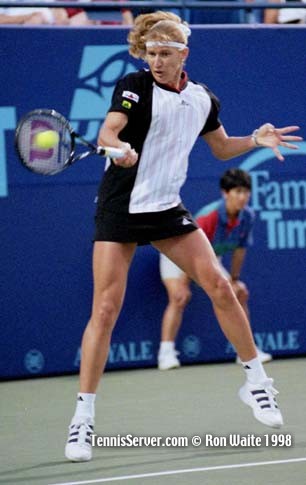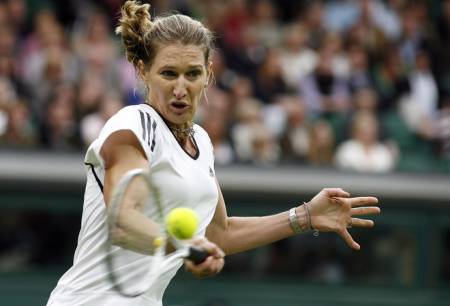Roy125
Professional
I've always been curious as to how Graf was able to hit such an unorthodox forehand. I'm surprised that there hasn't been much discussion on it much like fed's forehand. I do consider her forehands as the GOAT forehand that there was in the WTA.
How is it that she was able to hit that forehand is what I'm wondering. I know that she used an eastern forehand grip for it and she hit it late. I also know that her follow-through isn't very standard. It's not very textbook looking. How does one recreate the Steffi Graf forehand?
How is it that she was able to hit that forehand is what I'm wondering. I know that she used an eastern forehand grip for it and she hit it late. I also know that her follow-through isn't very standard. It's not very textbook looking. How does one recreate the Steffi Graf forehand?



